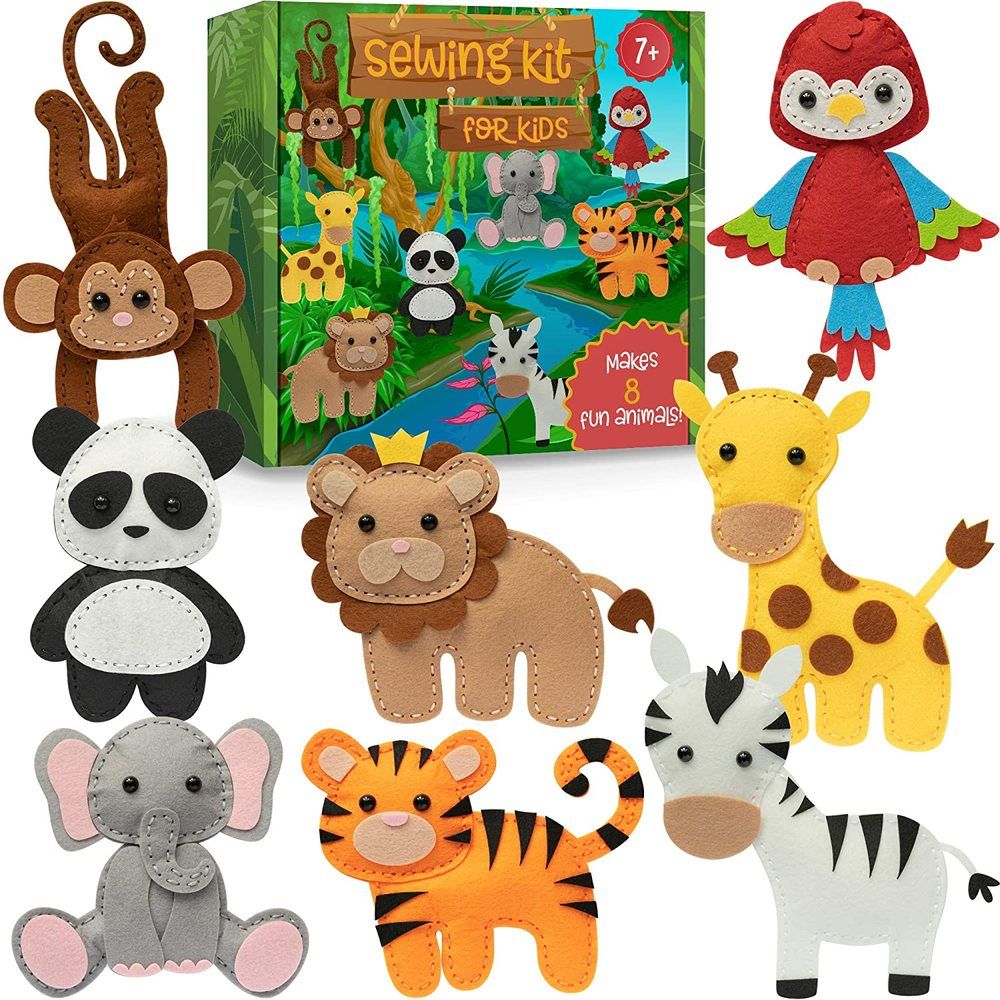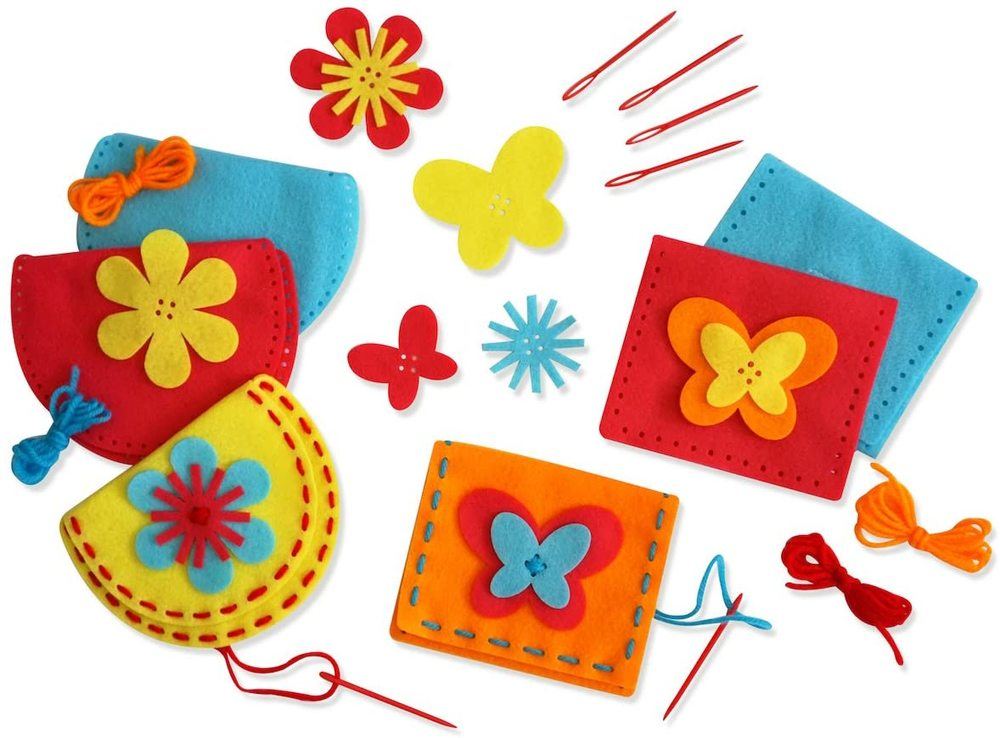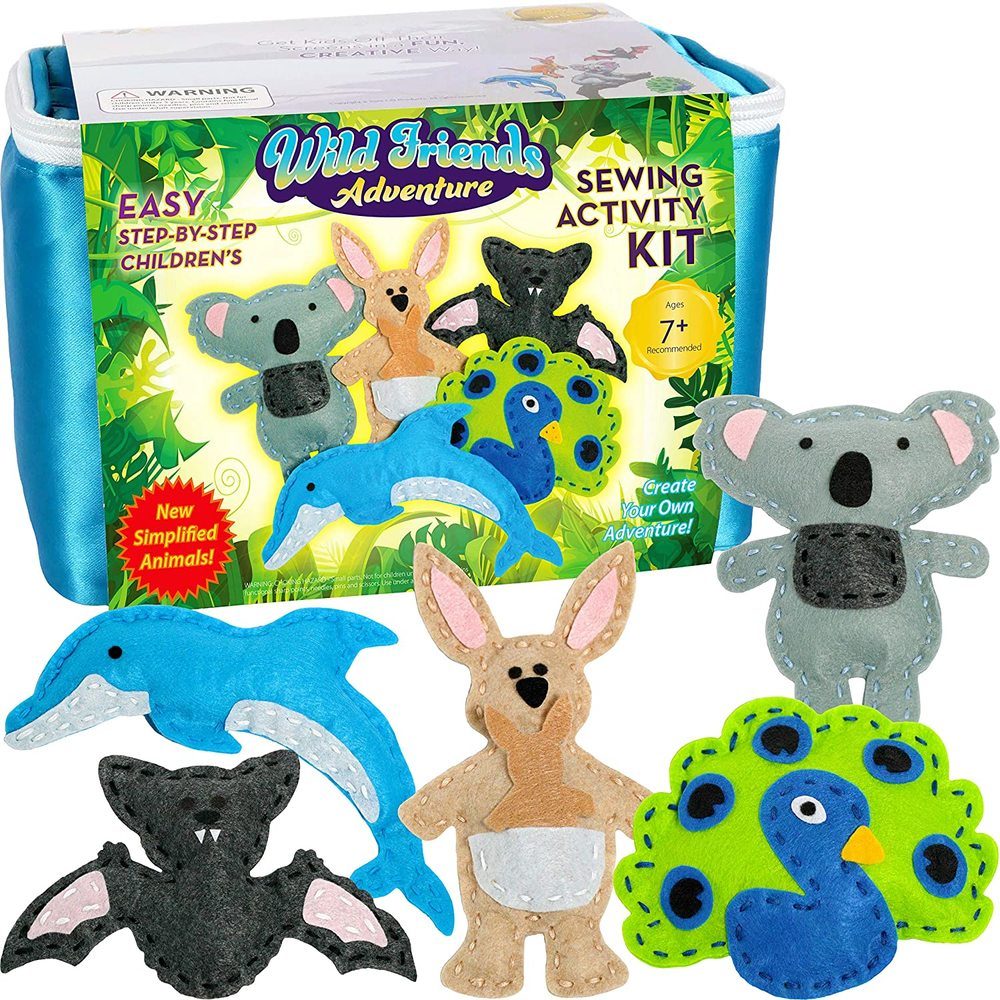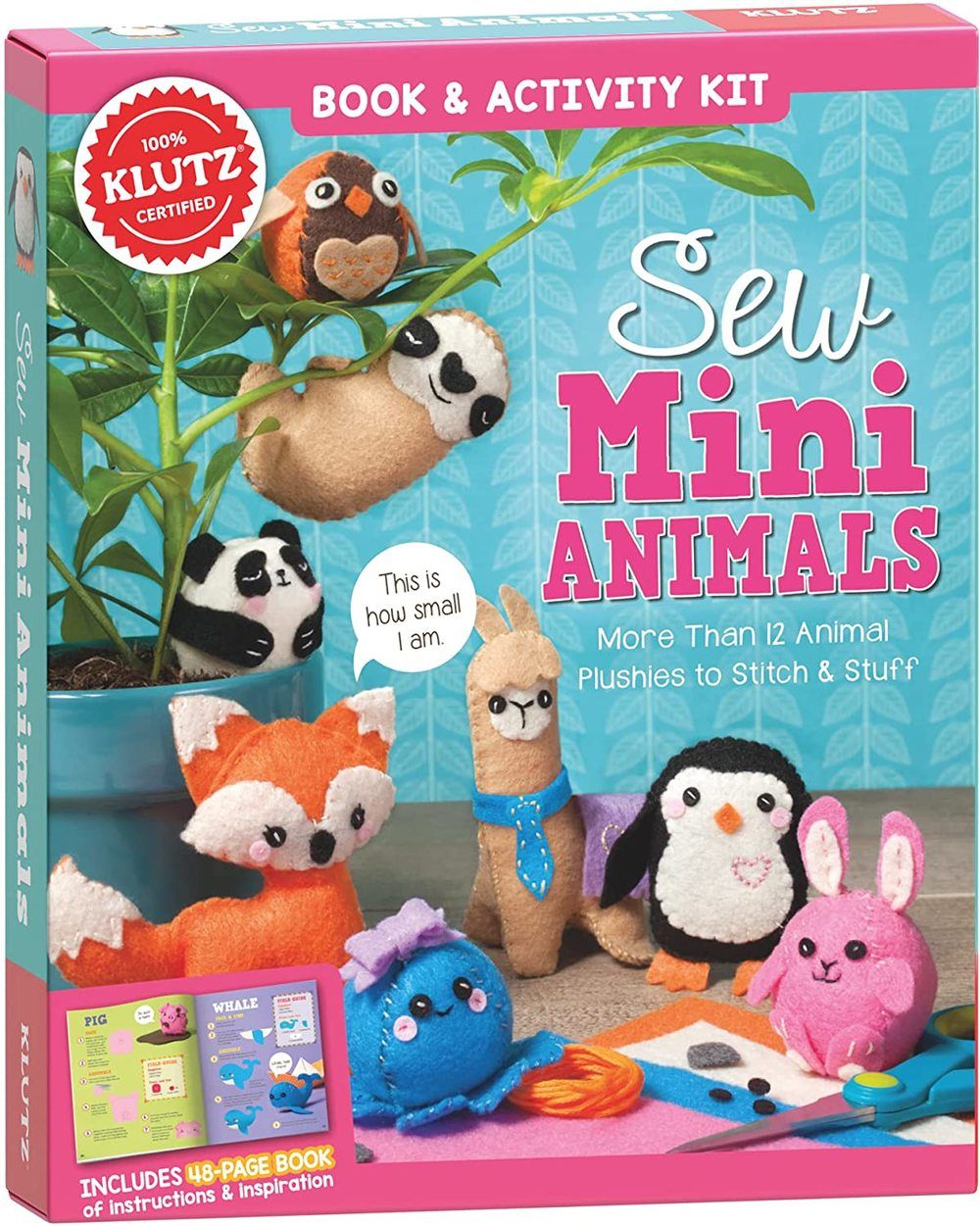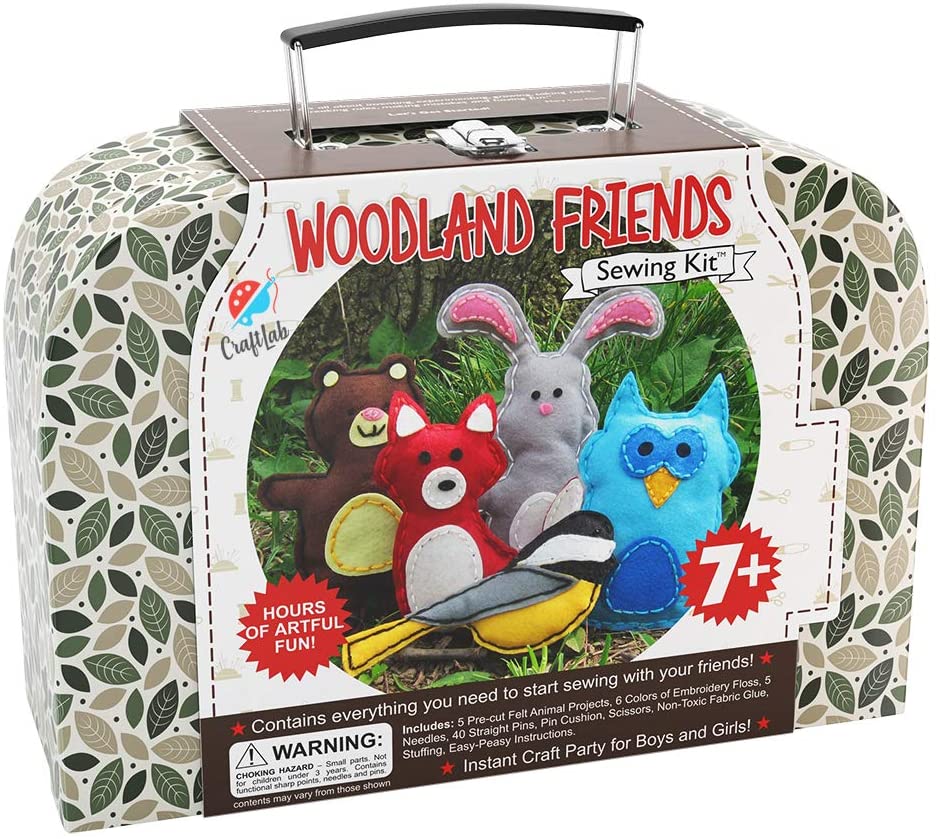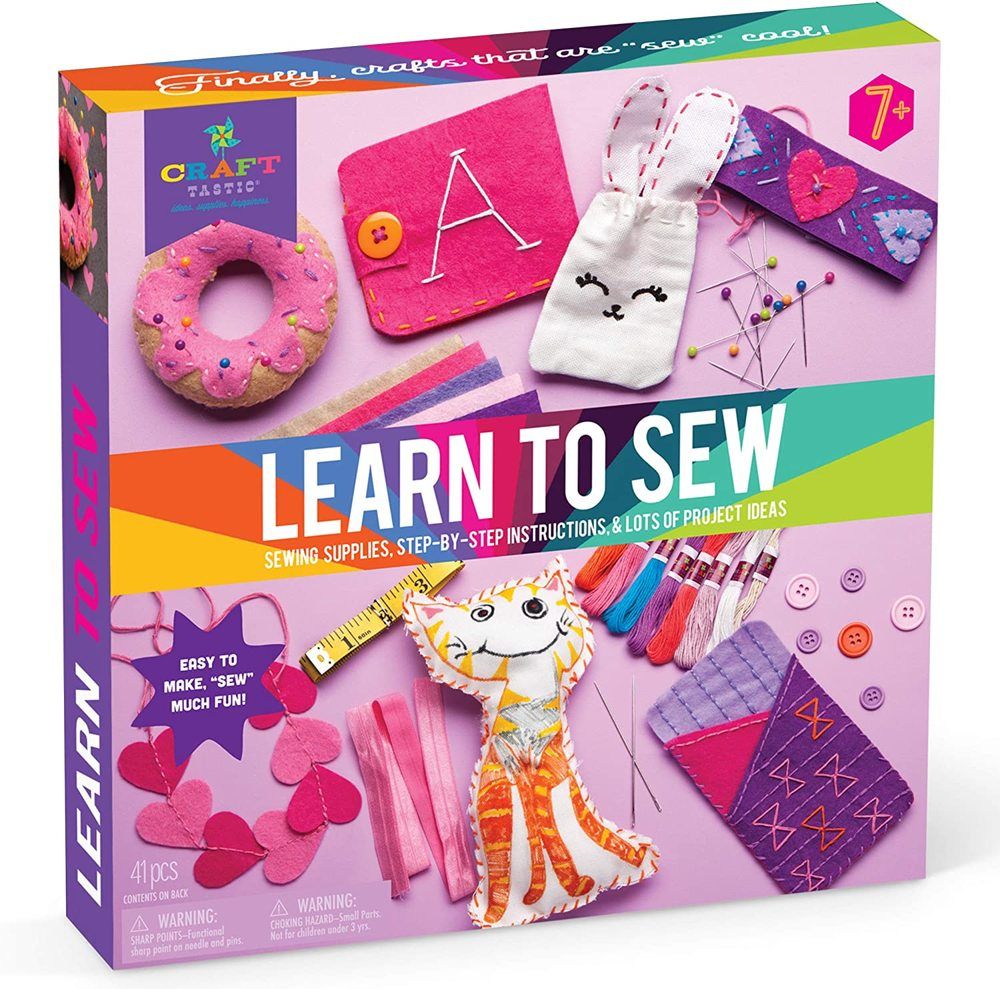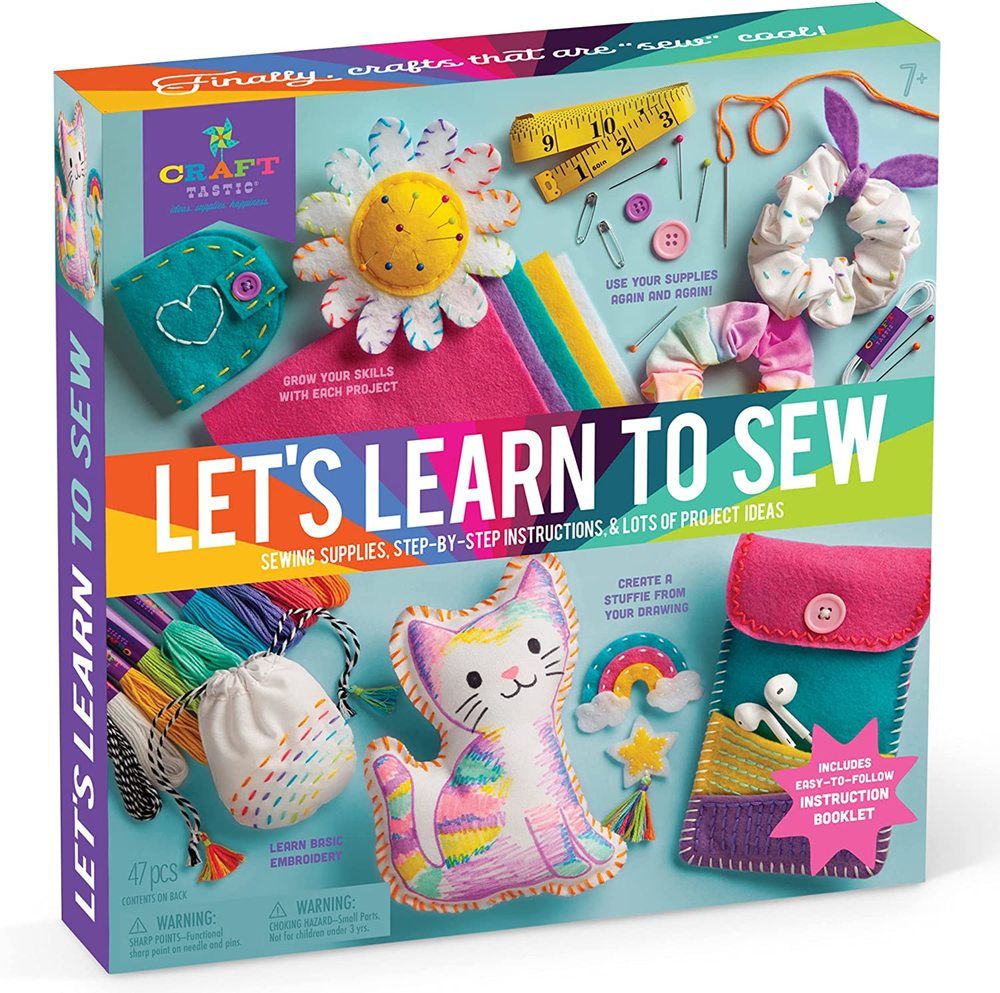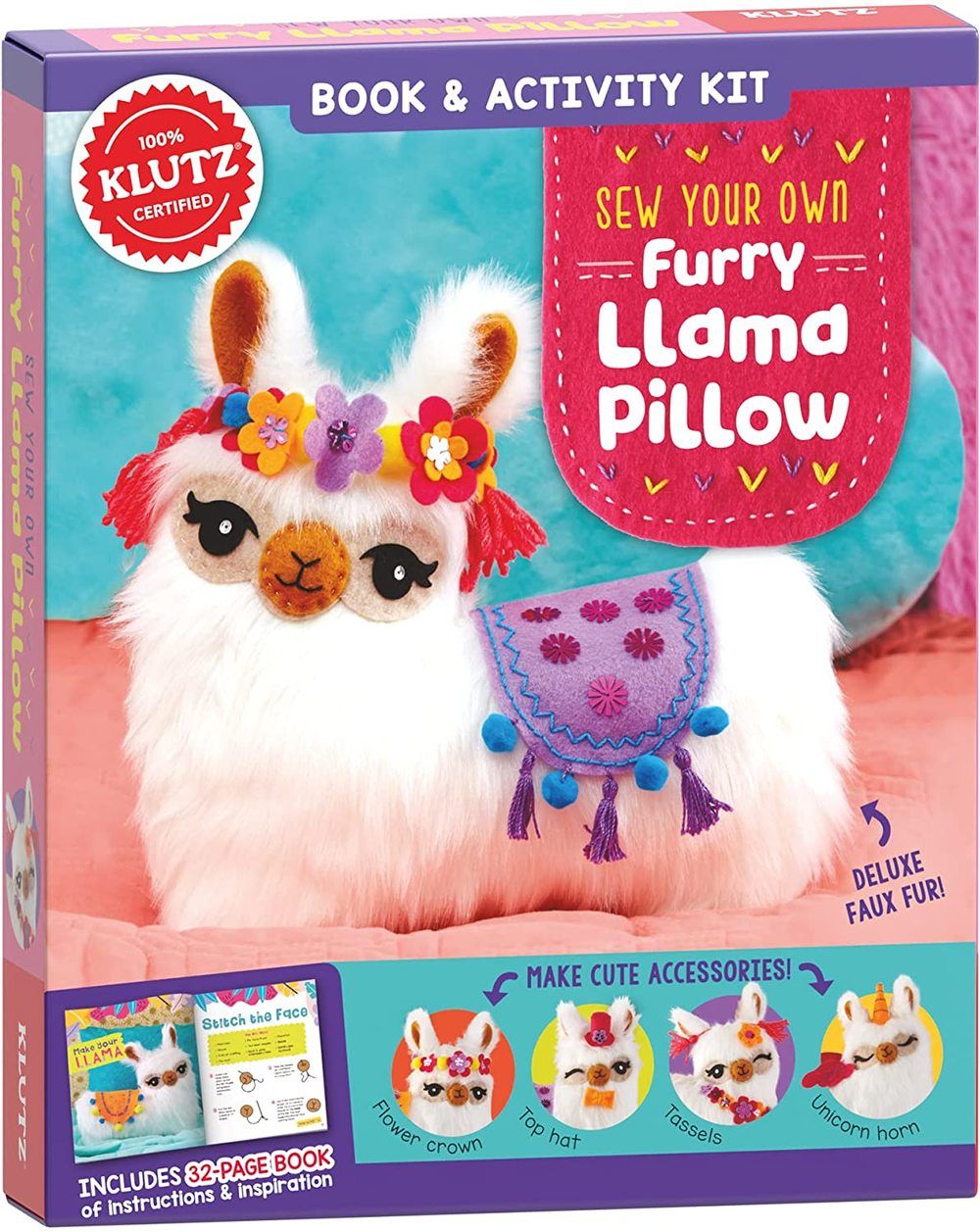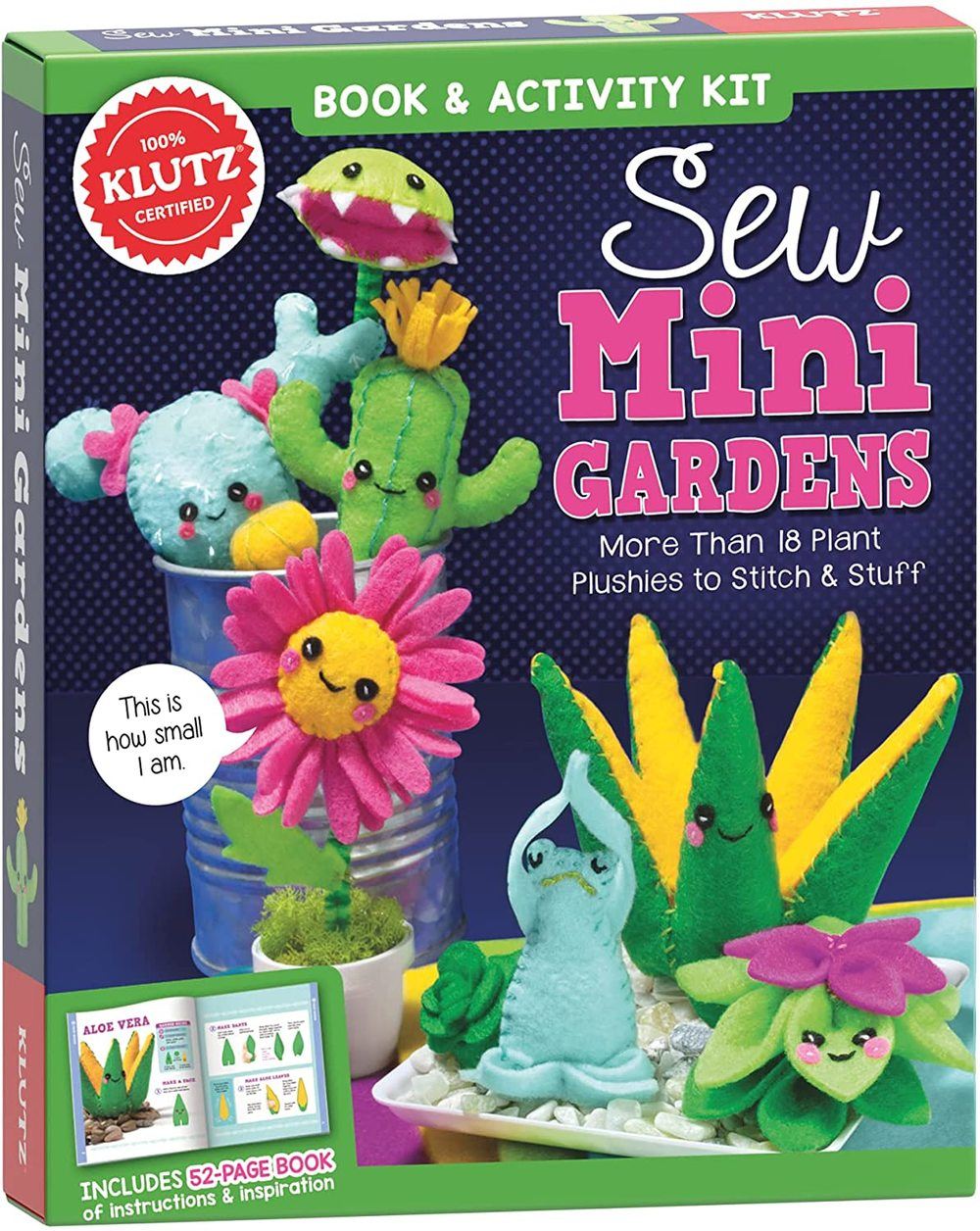When you think about life skills for your children, does teaching them how to sew come to mind? If your answer is yes, then awesome! However, for the vast majority, teaching their kids to sew has become a lost art in terms of life skills. The common thought is that if you need something taken in, mended, or hemmed, you just go to the nearest tailor shop and spend some money.
Yet, what if you could teach your children to save some of their hard-earned cash as adults and teach them the skill of sewing? While you may not think that this is a necessary life skill, think of it this way…. We could teach our children not to vacuum by investing in a Roomba. Yet what happens when it breaks down?
We can teach our children to eat out for their meals when they are adults, so why teach them how to cook? Dirty clothes can be taken to a cleaning service. Why teach them how to sort clothes and do laundry? You can pay someone to shovel snow, mow your lawn, or clean your eavestroughs. Yet why spend the money on something so unnecessary?
So, why wouldn’t you teach your children how to sew?
Whether you are an expert or beginner yourself, there are many tutorials that will teach your child this lost art. It begins with an instructional video and investing in kids sewing kits.
If you have already introduced your children to sewing, then these kits will provide them with hours of entertainment to let their imagination thrive.
The Top Ten Best Kids Sewing Kits
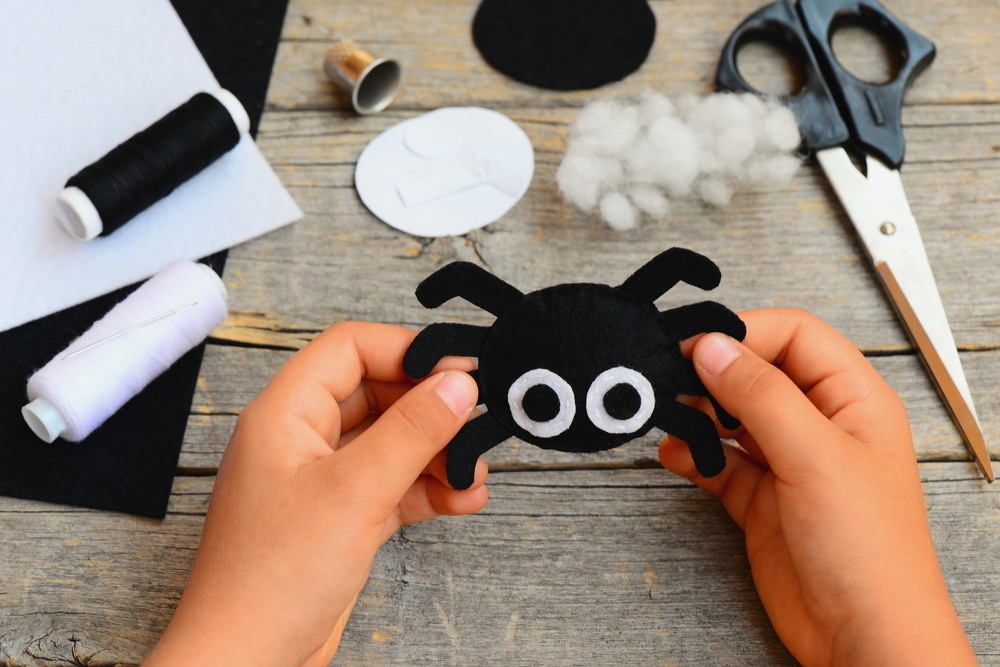
Children love doing crafts. They enjoy making things with their hands, and it teaches them how things work. These kids sewing kits are perfect for every age and skill set. Best of all, they are available online.
Craftorama Sewing Kit for Kids (Ages 7-12)
For an adorable craft project, this sewing kit has eight pre-cut animal projects, plastic and metal sewing needles, eight embroidery threads in different colors, craft eyes, and stuffing. Instructions are easy to follow as well.
Pros:
- Easy to make-most users said it took their children about 45 minutes including dry time
- Holes are pre-punched to teach kids how to sew properly
- Bright and colorful jungle animals
Cons:
- Needs more glue
Serabeena Sew Your Own Purse (Ages 4-7)
Winner of Dr.Toy’s 10 Best Creative Toys of 2017, this provides a wonderful way to teach young ladies to use their own imagination and design their own purse. The kids come with six felt purses, strings, six safety needles, and 12 sew on accessories.
Pros:
- Sets are individually wrapped
- Pre-cut eyes are large enough for tiny hands to thread
- Plastic needle
- Holes are pre-punctured
Cons:
- Poor quality as they were made from felt
- Yarn became tangled while sewing
Alex Toy’s My First Sewing Kit (Ages 7 and older)
For beginners of multiple ages, these fun and colorful sewing ideas will engage most audiences. Children will learn the basics as instructions are done step by step and are fully illustrated. They will learn how to thread a needle, a finishing stitch, straight stitch, cutting patterns, and doing appliques.
Kids can make stuffed animals, a coin pouch, and a notebook cover with an accompanying pencil holder. These kits are also well-organized, and easy to store when not in use.
Pros:
- Perfect for travel (see our pick of travel sewing kits)
- Durable case
- More versatile for different age groups
Cons:
- Instructions could have been better
- Thread is too thin
Four Season’s Crafting Kids Sewing Kit/Animal Crafts (Ages 7 plus)
This zoo animal set is perfect for both genders. It contains everything necessary to begin sewing. Kits contain five pre-cut felt animals, stitching thread, metal sewing needles, kid safe plastic needles, needle threaders, straight pins with a pin cushion, stuffing, safety scissors, easy instructions, and a carrying bag.
Pros:
- Custom name tags for your child
- Good for travel
- Scenery backdrop
Cons:
- Facial features are small
- Poor stuffing
Sew Mini Animals by Klutz (Ages 8-12)
This sewing kit for kids includes 12 animal stuffies to sew, from a penguin to a sloth! The instructions are easy to comprehend and are illustrated. Minimal adult supervision is needed with these projects and are great for beginner sewers.
The kit comes with pre-cut shapes and fabric glue to save time. Also, when they are finished, they have a new animal to play with.
Pros:
- Makes learning to sew easy and less time-consuming
- Made from kid-friendly materials
- Has needle guide holes
Cons:
- Kits sometimes have missing parts
- Not enough eyes
CraftLab Woodland Animals Kits (Ages 8-12)
Engage your child in meaningful play with these adorable sewing kits that create cute woodland creatures. This kit has five pre-cut animals, embroidery thread, straight pins, sewing needles, pin cushions, scissors, non-toxic glue, easy to follow instructions, and a portable case.
Pros:
- Allows child to use their imagination
- Gender neutral
- Great for beginners
- Sewing needles have blunt tip and has safety scissors
Cons:
- Thread doesn’t always match well
- Pins not good quality
Craft-Tastic Learn to Sew Kit (Ages 6-15)
This kit offers seven crafts in one box and are easy to make. Designs include: a headband, bracelet, bunny pouch, stuffies, pin cushions, phone case, and a backpack. Children will learn how to do a blanket stitch, running stitch, whip stitch, and embroidery skills. Kids will learn the basics of sewing and then graduate to advanced techniques.
Materials are of good quality and most materials are reusable. So, even when all the crafts are done, children can keep their own mini sewing kit.
Pros:
- Learn to sew buttons and patches
- Detailed instructions
- Plastic needle for young kids
Cons:
- May be too advanced
- Some projects require better instructions
Let’s Learn to Sew (Ages 7-13)
Children will learn how to do nine craft projects. They will discover how to make scrunchies, pin cushions, stuffies, pouches, a needle book, and a phone case. The 34-page book will instruct them on the basics and take them to a more advanced level. Kids will learn how to do a blanket stitch, whip stitch, running stitch, and embroidery.
Pros:
- Reusable items
- Crafts are bright and colorful
Cons:
- Isn’t gender neutral
Klutz Sew Your Own Furry Llama Pillow (Ages 10-13)
Klutz Sew Your Own Furry Llama Pillow is to teach your child more advanced sewing. They will learn how to work with patterns, different types of threading, and techniques on stuffing.
Pros:
- Variety of designs
- Customize facial expressions/accessories
- High quality material
Cons:
- Pillow size may be too small for some
Klutz Sew Mini Garden (Ages 10-15)
This 52-page book teaches older children to sew and basic embroidery skills. They can generate four types of gardens: peace garden, desert garden, hungry garden, and flower garden. Children will learn the whipstitch, backstitch, French knot, and others.
Pros:
- Clear, easy to follow instructions
- Comes with felt, thread, pre-cut felt cheeks and eyes, green striped pipe cleaners, stuffing, and needles with a holder
- It also has plastic trays, traceable paper patterns, and pots
Cons:
- Small pieces
- Small needle openings
Additional Reasons to Purchase a Sewing Kit
Sewing is found to be a soothing and timeless craft. It hones fine motor skills (enhances writing) and is a relaxing exercise.
It entertains children for a longer duration than simple craft projects will. For younger children, the activity time is just right. These sewing crafts are long enough to sustain their attention, prevent boredom, and are at their level. Also, they become proud of what they have accomplished with their own hands!
Older children will experience crafts that take more time and will challenge them. Kits begin from beginner levels to expert, so many will allow the child to grow with them.
Most kits are gender neutral and can spark the imaginations of fashionistas. These are just some samples of kits available. There are more specific ones designed to teach your child how to make clothes at various age levels.
Things to Keep in Mind
When purchasing a kit, it can be a delicate balance depending on the child’s age and skill level. Younger children will have no problem with kits that are age appropriate as they are suited to their interests. If the child is older, and less experienced, it may be a different story.
In this instance, you may want to consider a grow with me approach to sewing. Older children and teens won’t necessarily want to make preschool woodland creatures per se. They will want to make wearable items, or things more pertinent to their age group. However, the challenge is the skill set in making them.
Again, this is where the grow-with-me kits are more beneficial. You can also select a kit that is easy yet geared more towards their age.
Another alternative is to start them on a beginner sewing machine. You can either teach them on a traditional machine or buy one that is geared towards youth. The only downfall, if you aren’t experienced yourself, may be in teaching them different stitches, how to use the machine, and various skills.
Overall, most parents and grandparents found the kits delightful. The crafts were colorful, age appropriate, and for younger children, they had pre-cut holes for sewing. This taught how to make even stitches and made for proper sewing technique.
They create a wonderful bonding experience as well. Older adults can teach their grandkids the same techniques they learned growing up. Parents can spend time with their children teaching them crafts that they will enjoy, then watching them enjoy hours of creative fun.
It sparks their imagination, and their love of play. These are items they can keep for years to come, and in the end, may have their own beginner sewing kit.
Will they be interested or not? There may be some parents who are hesitant about investing the money into something that may just sit there. Worst case scenario, they may pick up a few skills they can apply later in life. Best case is that they develop a lifelong passion for sewing. It can go both ways.
However, teaching your child a valuable skill will last them a lifetime. Even if they don’t pick it up now, they may appreciate or even come back to it years down the road. You just never know what will happen with the seeds you plant while they are young, or what will eventually spark their interest later.

